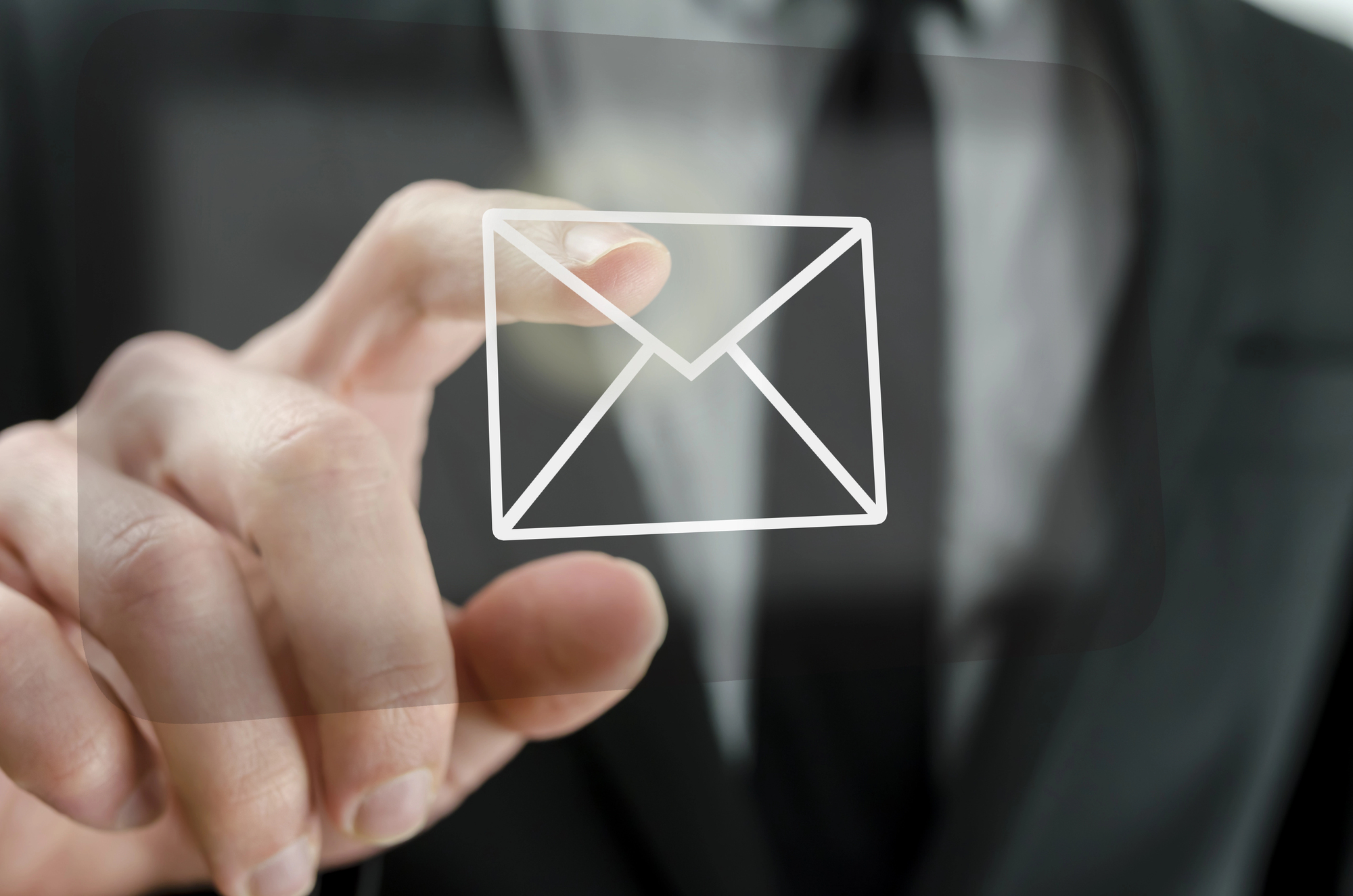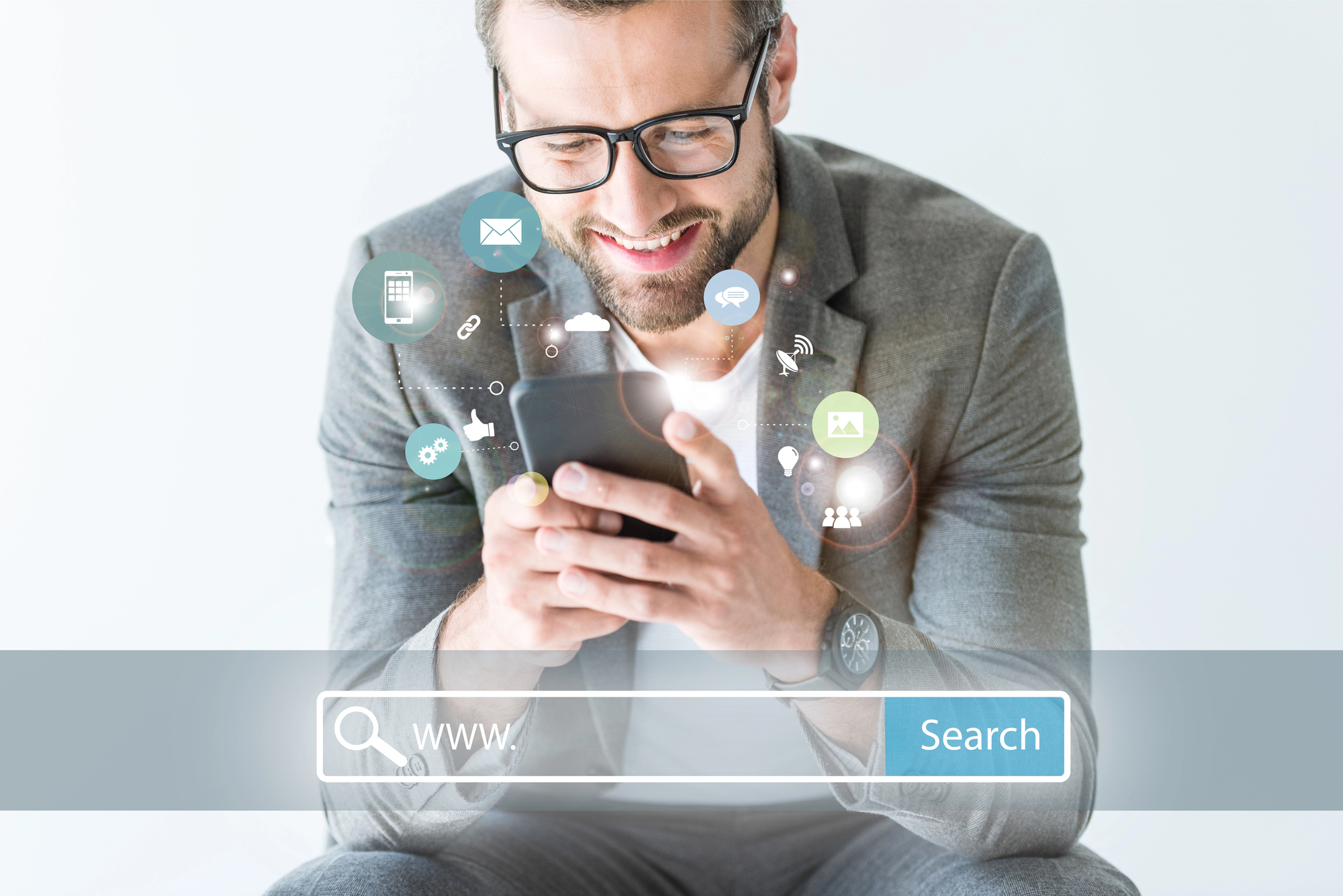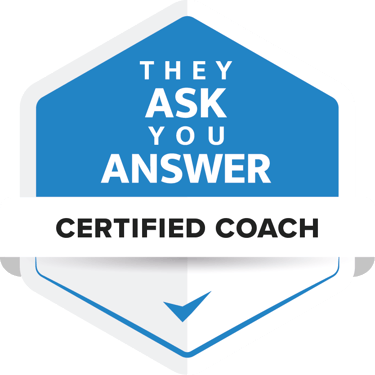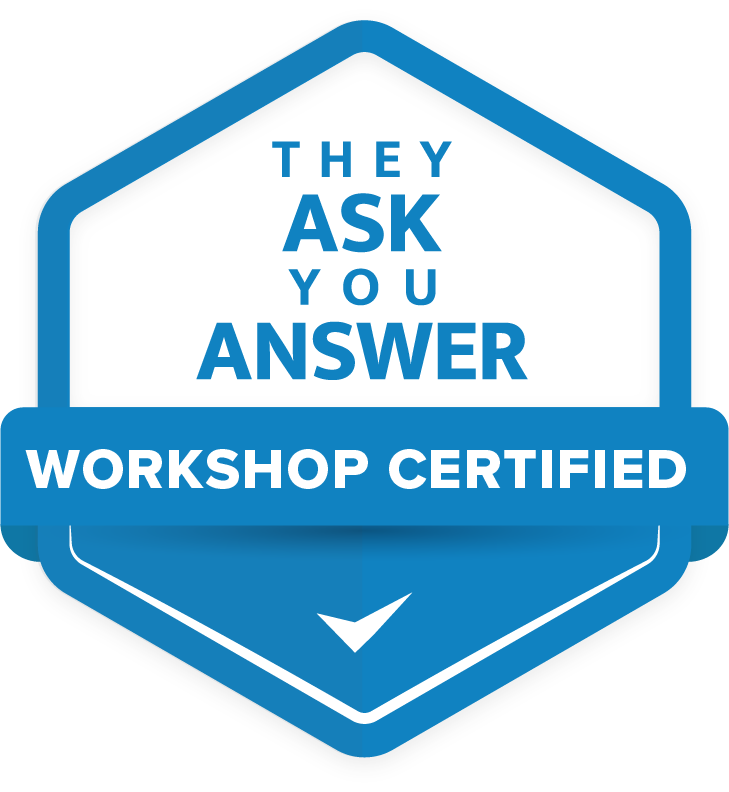The Video 6: how to create corporate videos that captivate and convert

Did you know that only 7% of the effectiveness of a message is determined by the words you speak? 38% is determined by your tone, intonation and volume and 55% by your body language and facial expressions.
This means that it is very difficult to get your message across well if in your business you only work with written text (whether or not in combination with images). After all, you then have to make do with those 7% and in text you then also have to deal with written rather than spoken words.
In a video, you are not dependent on that 7% and can convey a much more powerful message. This makes video the way to build trust with your potential customers and to position yourself as the "trusted advisor.
But then you have to know how to go about this.
As a certified They Ask, You Answer coach and video trainer, I am the first point of contact for our clients who want to get started with video. I see in practice what works and what doesn't, and in my articles I share my knowledge with you.
This article introduces you to the Video 6, a powerful framework that helps you create videos that both captivate and convert. By the end, you'll know exactly how to create videos that strengthen your company's position as a trusted advisor.
Video is the way to build trust with your potential customers and position yourself as the "trusted advisor.
The Video 6
So with video, you can position yourself as a trusted advisor and generate more sales. But for that, your videos must meet two conditions:
- They need to captivate your viewers
- They have to convert
If a video doesn't captivate, people don't watch it. Or they don't even start watching it. And if a video doesn't convert, it ultimately doesn't contribute to sales.
So how do you make a video that captivates and converts? There is a framework for that: the Video 6.
This framework - as you probably guessed - consists of six components that should recur in a fixed order in your video Below I explain them.
Videos must captivate as well as convert to be effective.
1. Teaser
The first component is the teaser. These are the first ten to thirty seconds where you have to get your viewer's attention. No matter how slick your video looks or how good the content is, if your viewer doesn't get beyond those first ten to thirty seconds, you've lost them. So a catchy teaser is crucial.
Below is an example from IMPACT's Endless Customers podcast. The creators try to make sure you keep watching with a tantalizing excerpt.
2. Logo bumper
The second component is the logo bumper. You may never have heard of this term, but you've almost certainly seen it many times before: it's the logo animation that comes on screen for a few seconds after the teaser.
3. Intro
The third part is the intro. This is slightly different from the teaser. The teaser is meant to grab the viewer's attention. In the intro, you want to give the viewer a preview of what to expect and give them a promise that makes them want to watch the whole video.
No matter how good your content is, without a catchy teaser, you've lost your viewer.
4. Segments
The fourth component is segments. A good video contains three or more segments (chapters) that make it easier for your viewers to follow your story. Also, your viewers will remember more of your video if you divide it into segments. Thus, segments are crucial.
Suppose you are recording a bio video (one of the Selling 7 videos). For example, you might think of the following segments:
- Segment 1: What does your job entail and what does an average workday look like?
- Segment 2: What do you like about this position and why do you like working at this company?
- Segment 3: What do you do outside of work?
So segments are chapters or somewhat longer chapters that you can watch separately. In a somewhat longer video, you can use timestamps for this so that people can go straight to the chapter that is relevant to them.
5. Call to action
The fifth component is the call to action. Every marketing and sales video should include a call to action. And not just any call to action, but a call to action that connects to the video they just watched. What is the best thing for them to do after watching the video? Download a checklist? Watch another video? Schedule a meeting? Be specific.
By offering a clear call to action yourself, you have more influence on what your viewers do after they watch your video. Otherwise, chances are they will go watch the next video they are presented with and you will lose them.
This is also why the call to action is not the last step in the Video 6. You want people to take action before they see YouTube's recommendations.
With a clear, specific call to action, you can influence what your viewers do after they watch your video.
6. Outro
Finally, the sixth component is the outro. This is your last chance to leave a lasting impression so grab it. For example, you can powerfully recap what you told in the video or give your viewers a memorable one-liner. Often the logo bumper in the outro will also reappear, so people remember whose video they watched again.
Position your company as the trusted advisor with video
Video is the way to build trust with your potential customers and position the company you work for as the trusted advisor in the market you operate in. With the Video 6 framework in your toolbox, you can be sure that the videos you create are not only fun to watch, but actually convert.
At Buzzlytics, we help companies implement the They Ask, You Answer framework in our TAYA Mastery journey. Video is an important part of this path.
Want to learn more about how to create effective videos? Then read our blogs on videos that generate sales and how to get started with video without a budget of Hollywood proportions.
Related articles
May 28, 2024
-
Reading time: +/- 7 min









